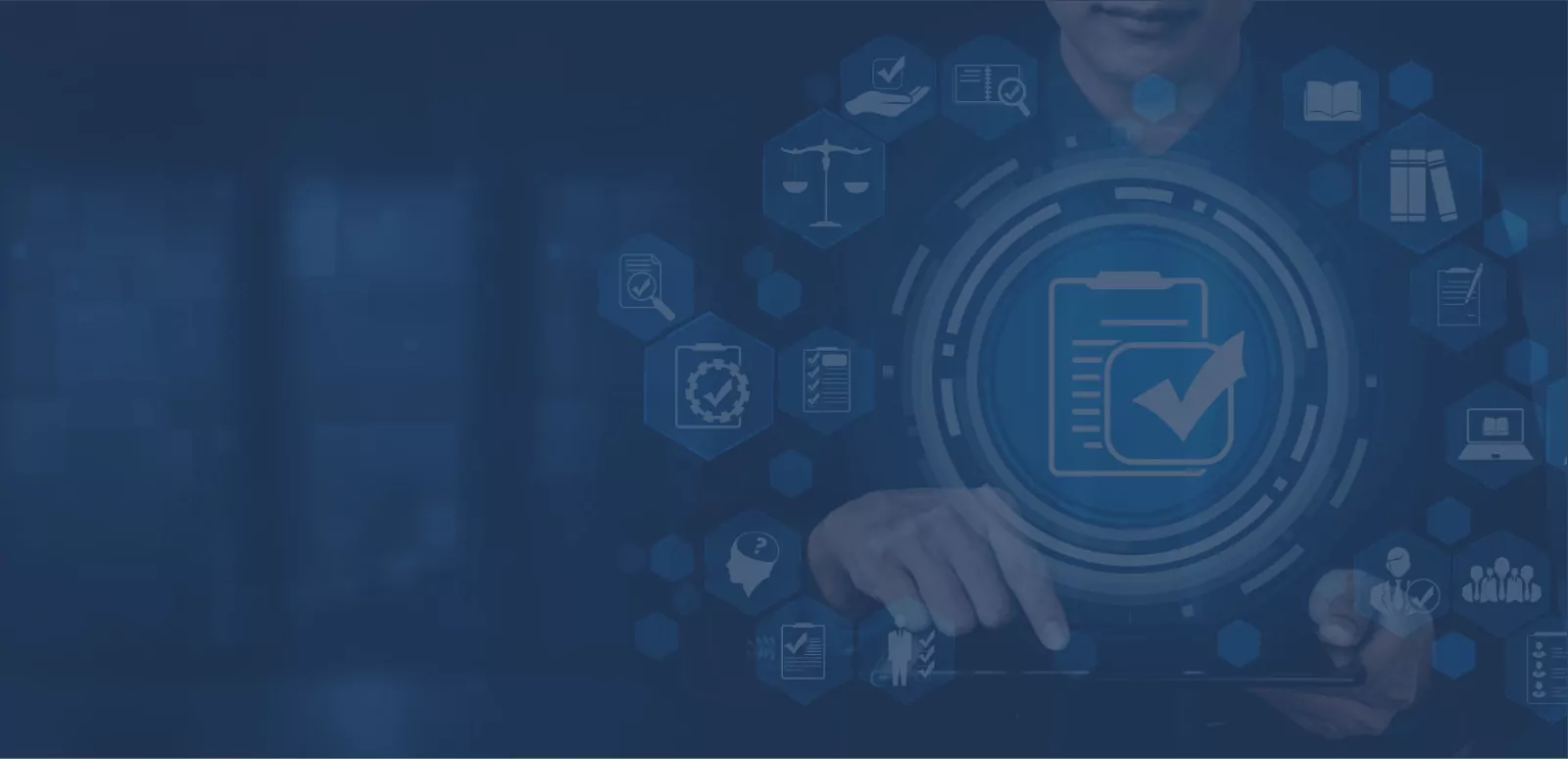Quality assurance secures business by paying attention to details of developed solutions. Securing all stages of product development ensures bringing to market a comprehensive, working product that not only meets requirements but exceeds expectations.
Manual testing
Manual testers execute test cases without automated, prefabricated tools. The testing process covers the verification of how products or their elements behave in comparison to model behaviour, predefined in earlier stages of the software development life cycle. Manual testing can verify application elements requiring human perspective and interaction, as some aspects are not suitable for automation. A human insight often results in a broader perspective of test scenarios and application workflows.
Web security testing
The process assures application vulnerability to outside threats, such as SQL injection, URL manipulation, XSS (Cross-site scripting). Ensuring resilience to web hazards is crucial for the products’ functioning, as well as securing the company’s and users’ data. Web security requires overall risks assessment and performing penetration tests, security audits, vulnerability and security scanning, all of which should be tailored to meet the needs and requirements of a certain product.
Test automation
Automation testing is an area where repetitive tasks, previously carried out manually, are performed automatically. Test automation engineers use tools like Cypress and Selenium to write testing scripts and test applications. Automated tests are particularly important in continuous integration and delivery models, where tests and deployment occur at least once a day.
Performance testing
Performance tests assess the products' metrics and their efficiency. Parameters such as response time, stability, speed, scalability and reliability enable the identification of bottlenecks affecting software performance. Performance tests answer which characteristics need improvement before launching the product to achieve the best market results.
Data assurance
Ensuring data involved in the company's products is well-managed, fit for purpose and curated to serve business purposes leads to compliance of processes. Data QA enables detecting anomalies and inconsistencies, possibly affecting the products' proper functioning. Data quality calls for ongoing monitoring followed by performing actions including removal of corrupt records, replacing and modifying erroneous, dirty data to ensure products' security.
Cybersecurity
Cybersecurity includes the detection of issues endangering applications and protecting systems against digital threats. Quality assurance in cybersecurity focuses on ensuring maximum safety from undesired external access, actions aimed at data leakages, extorting users' money and affecting the normal functioning of the software product. Paying particular attention to the processes leads to securing applications and systems from malevolent actions.




